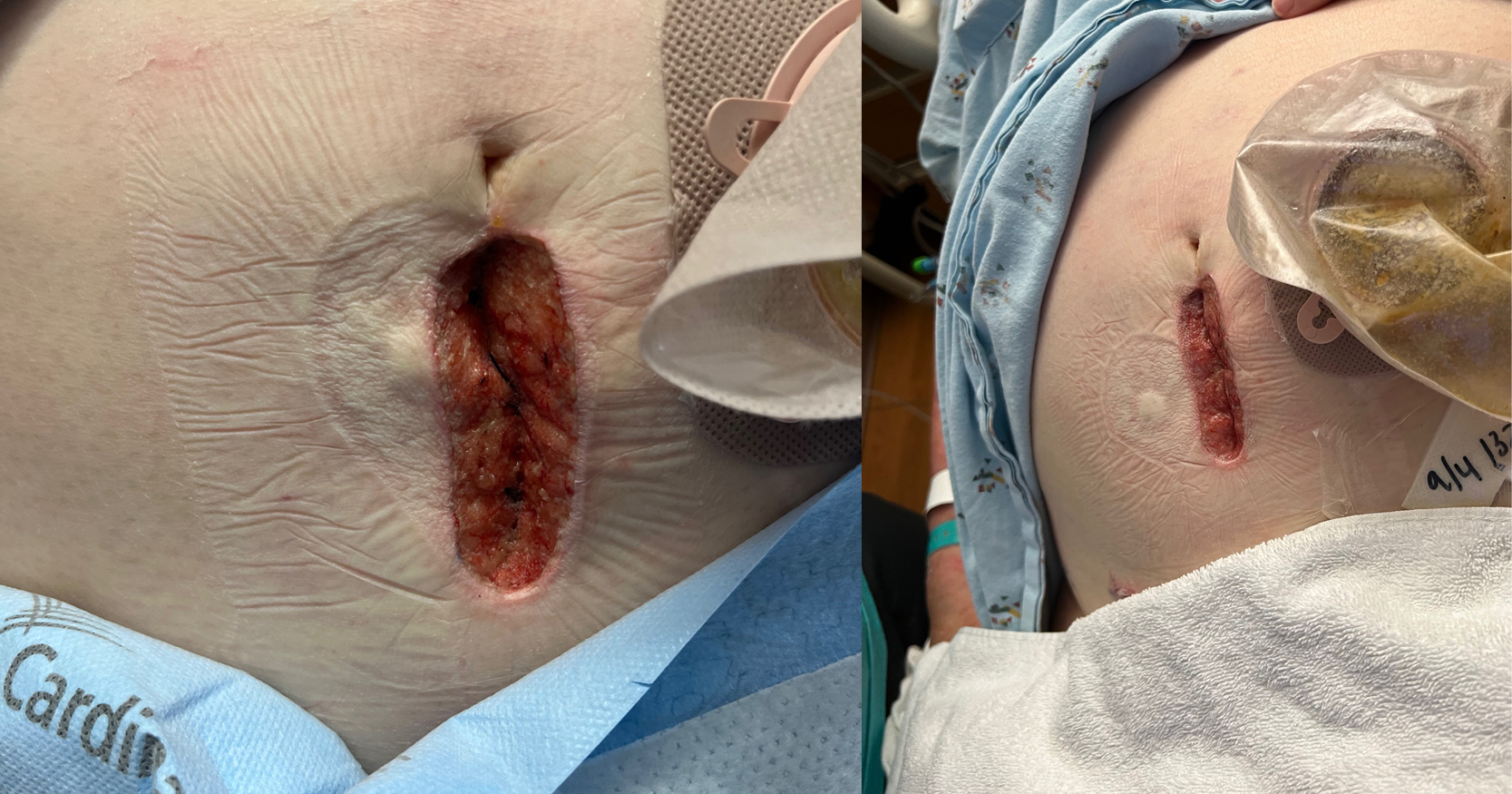This article looks at the causes of oedema, lymphoedema and conditions such as lymphatic filariasis and podoconiosis – and how the treatment of leg swelling has changed over the years. It highlights Matts’ hypothesis (reported for the first time herein), which suggests that lymphoedema can be caused by a breakdown of the stratum corneum’s barrier function (SCBF). The author also refers to simple well-established strategies to protect the SCBF, such as washing and emollients. The article shows how Matts’ hypothesis, which was formulated in response to work with people in Ethiopia who had podoconiosis caused primarily by not wearing shoes, soil irritants and bacterial foot infections, can be used across the world for people who are at risk of developing oedema. The article explores the importance of the skin and urges that attention be paid to skin failure and concludes that the simple employment of washing and emollients to ensure good moisturisation of the limbs can be highly effective in preventing or reducing the damaging effects of oedema.






